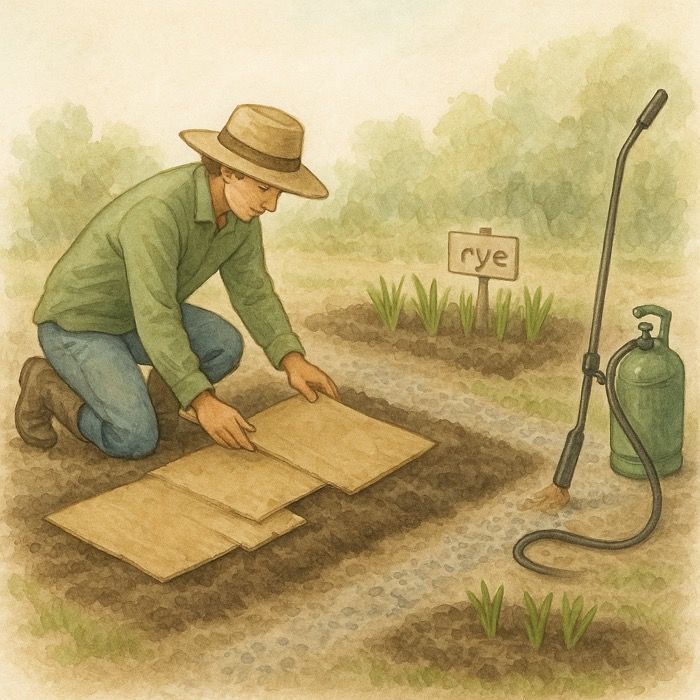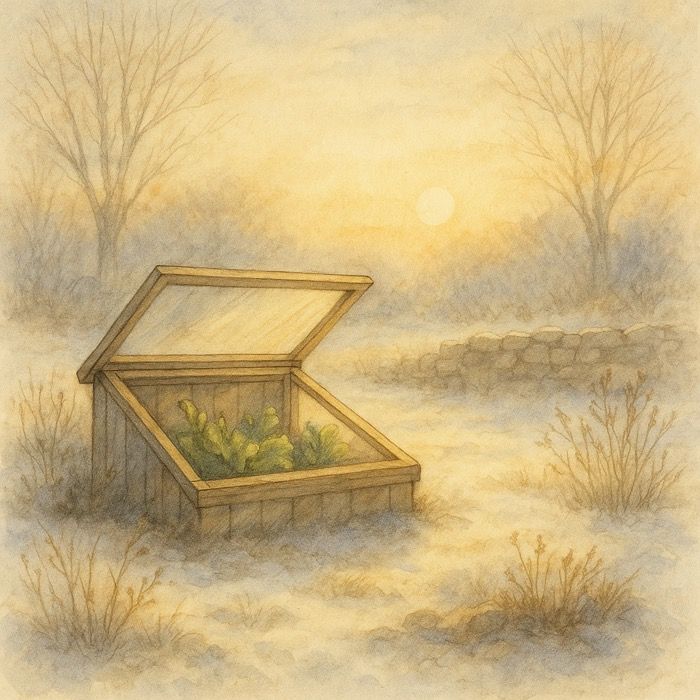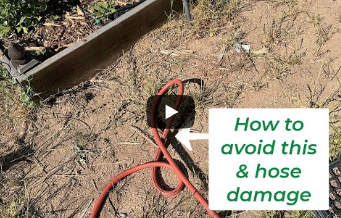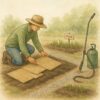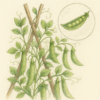❄️ Snow as Fertilizer – The Truth About “Poor Man’s Nitrogen”
When winter rolls in and your garden slips under a white blanket, you might have heard an old saying: “Snow is the poor man’s fertilizer.” It’s one of those bits of folk wisdom that sounds too good to be true — but is it? Let’s dig into the science behind snow, nitrogen, and whether your garden actually benefits from winter’s frozen touch.
The Origin of the Saying – A Farmer’s Observation Turned Folklore
Long before soil tests and weather stations, farmers noticed that crops often grew greener and stronger after heavy snow years. They reasoned that snow must be adding something special to the soil — and they weren’t entirely wrong. Snow does carry nutrients, especially nitrogen compounds, from the atmosphere.
What’s Really Inside Snow
Every snowflake forms around a microscopic particle — dust, pollen, or even a speck of soot. As those flakes fall, they capture trace gases and compounds floating in the atmosphere. Among them:
- Nitric oxide (NO) and ammonia (NH₃) — both forms of nitrogen.
- Sulfur and carbon particles — less beneficial, but naturally present.
When snow melts, these compounds seep into the soil, technically adding a tiny amount of nitrogen.
The Real Numbers
A heavy snowstorm can deliver about 1–2 pounds of nitrogen per acre, depending on air pollution and precipitation. For context, most gardens require 80–120 pounds of nitrogen per acre during a growing season.
So yes — snow brings nutrients, but it’s not enough to feed your plants in any significant way. It’s more like a sprinkle of seasoning than a meal.
Hidden Benefits of Snow
Even though snow isn’t a major fertilizer, it plays a vital role in garden health:
- Insulation for roots – A consistent snow cover stabilizes soil temperature and protects root systems from deep freezes.
- Slow moisture release – As snow melts gradually, it rehydrates the soil evenly, unlike a sudden winter rain.
- Soil structure preservation – Snow shields bare ground from erosion and compaction caused by wind and rain.
In short, snow is your soil’s soft winter quilt — not a fertilizer, but a guardian.
When Snow Can Hurt
In urban or roadside settings, snow can accumulate salt, soot, and de-icing chemicals, which are harmful to soil and plants. Avoid using shoveled snow from driveways or salted paths on garden beds.
Master Gardener Tip
Before the next big snowfall, cover your garden with a light layer of compost or shredded leaves. When the snow melts, that moisture carries valuable nutrients deeper into the soil — turning folklore into function.
Fun Fact
A cubic foot of freshly fallen snow contains about 1 gallon of water, but that varies wildly depending on temperature and flake size. Light, fluffy snow (from very cold air) has far less moisture than dense, wet snow — meaning the type of snowfall can change how much water your garden actually receives in spring.
The Verdict
“Poor man’s fertilizer” isn’t entirely a myth — it’s just a poetic exaggeration. Snow brings trace nutrients, stabilizes moisture, and protects your soil ecosystem. But if you want real fertility, focus on winter composting, cover crops, and mulch.
More From Our Master Gardener
Recent Posts

❄️ Snow as Fertilizer – The Truth About “Poor Man’s Nitrogen”

5 Unexpected Winter Weed Control Strategies (That Don’t Involve Mulch)

Harnessing Winter Sun – Passive Solar Tricks for Your Garden

How to Grow Spinach – The Ultimate Beginner’s Guide for Tender, Nutritious Leaves

How to Grow Peas: The Ultimate Beginner’s Guide for Sweet, Crisp Harvests



